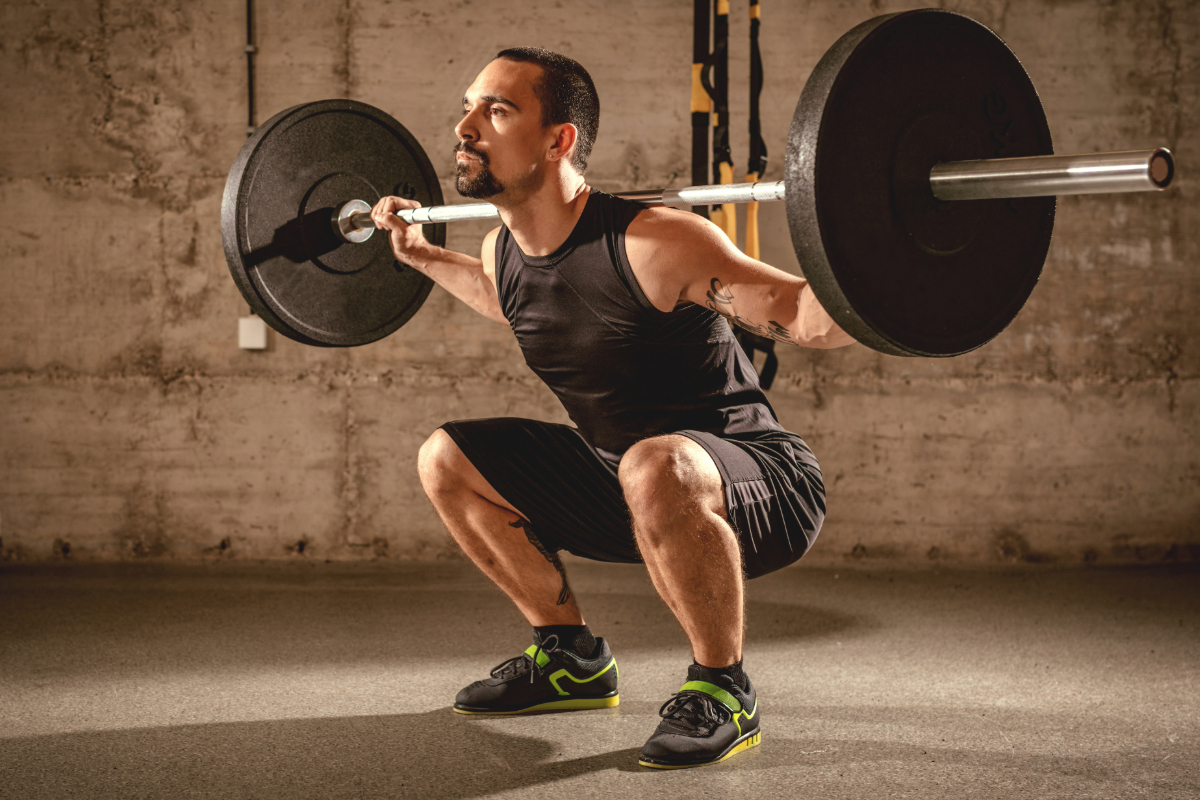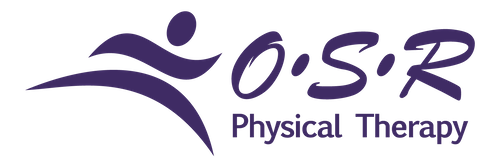
You’ve probably heard it so much that you’ve grown accustomed to it: proper workout form is important. You hear it from your coach or personal trainer, fitness and sports experts, physical therapists, and pretty much everyone and anyone who has anything to say about physical activity. Although you’ve heard it before and you’ll keep hearing it, it bears repeating:
PROPER FORM IS IMPORTANT!
Why?
It’s not to keep you marching in line as perfectly formed robots. Although sometimes it may seem that way.
Proper form, especially during exercise, is important for two reasons.
- It does lower your risk of injury and pain.
- It raises your performance level.
Even when you’re doing simple chores you should be aware of your posture and movement. However, this is even more important as you hit the gym or practice.
Proper Workout Form Means Better Performance, Less Pain
When people hit a plateau in their fitness and training they usually think it’s due to their routine. The solution? They hit the gym more, add on more miles, seek out a personal trainer, or change up their training. Not to say those things won’t get you to perform better, but there’s always one aspect of training that most people forget in how they perform: form and range of motion, AKA mobility.
Simply stated, mobility is the ability to move your body freely and effectively. It means you have the necessary strength, range of motion, and stamina to go that extra mile. The only way to do this is to have the proper technique in any sport or activity.
Take for example the simple act of riding a bike. If you’re hunched over in bad form, you’ll be unable to fill your lungs with breath. This means that your muscles won’t be getting the necessary nutrients to perform at an optimal level. It also means fatiguing quicker. You start to slow down and going that extra mile seems impossible.
Or take, for example, your running stride. If you’re not engaging your core or positioning your foot right when you land on it, your performance again will suffer. Furthermore, you could be setting yourself up for pain and injury.
Lifting weights is another time where your performance will severely suffer if you have improper technique. Not only will you not be able to take advantage of your full range of motion, but you’ll also prevent yourself from growing stronger and benefiting from strength training. Studies show that being able to utilize the full range of motion during exercise means increasing the potential for strength. Furthermore, other studies indicate that having proper mobility leads to higher performance, better training results, an increase in muscle size and strength, and a decrease in fat.
How Do You Know If You Have Improper Form?
There are three things to consider when you think about proper form and technique.
- alignment
- range of motion
- tension
Biomechanics and kinesiology are the sciences behind proper movement and exercise. Both physical therapists and most athletic trainers are trained in the area. They are certified experts when it comes to moving properly. More often than not, many people seek out medical testing and doctor’s visits when they’re in pain. However, the solution is not as complicated or risky as surgery. In fact, in most cases, pain is caused not by a medical condition. Instead, it’s much simpler – and boring. In many cases where pain is a factor, there are also problems with form, technique, movement, and alignment. This is where physical therapy is the best option, especially for athletes and the physically active. Physical therapists will determine what you’re doing wrong as well as weaknesses in your muscles that could be contributing to your pain. It could also be the reason for your injuries and re-injuries.
Looking in a mirror and on the Internet for proper form and technique will only get you so far. A physical therapist’s trained eyes will not only see what you’re doing wrong, they will also see the weaknesses. Then, they will work with you to fix the problems, leading to higher performance and no pain.
